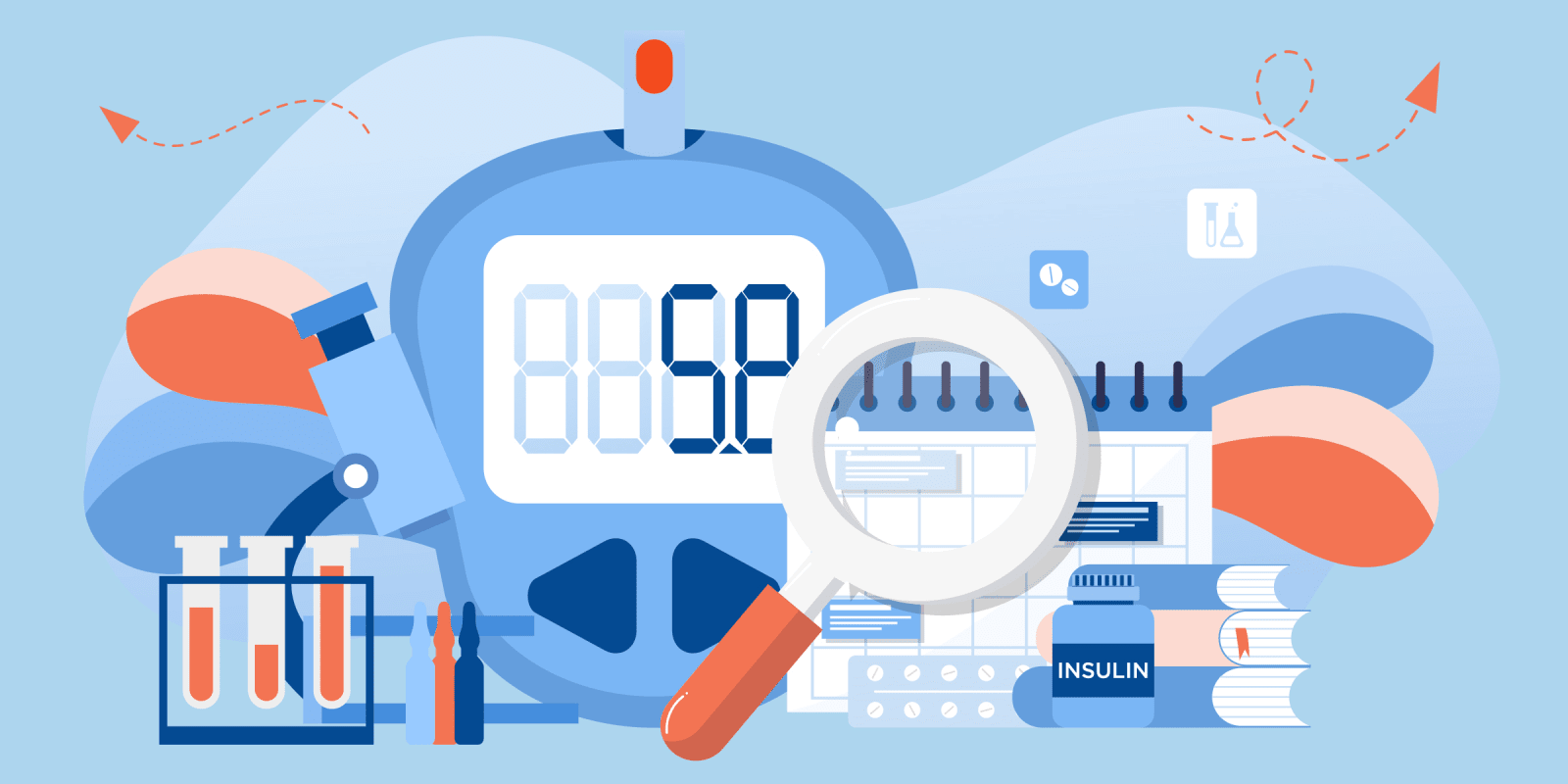The American Diabetes Association (ADA) Annual Meetings are a great opportunity for networking, collaboration, and learning updates in the field of diabetes. Scientists from all over the world normally gather for one of the largest annual meetings in the U.S., though this year was unique. A virtual meeting in a recovering pandemic was a huge success despite technology overloaded lives and online meeting fatigue. Many study results were announced in the field of diabetes despite the slowdown of diabetes research during the pandemic. Every year, we are one step closer to the cure of Type 1 diabetes, understanding Type 2 diabetes better, and using diabetes technologies more efficiently.
This year there were several studies reported, with positive results in diabetes technologies, continuous glucose monitoring, automated insulin delivery systems, and newer therapeutics. Some of what I want to highlight that will be beneficial in real-life users with diabetes.
Garg et al. reported the results of a prospective, multi-center study that evaluated the safety and accuracy of the next-generation Eversense CGM System for up to 180 days in 181 adults with diabetes at eight U.S. clinical sites. The PROMISE study showed that the primary sensor has an overall mean absolute relative difference (MARD) level of 9.1%. The researchers also evaluated a next-generation Eversense sensor, modified with sacrificial boronic acid (SBA) in a small group. The MARD level for the SBA sensor was 8.5%. Procedure-related adverse events were minimum, and both sensors were tolerated well. This new system extends the use of implantable CGM up to 180 days with improved accuracy.
Many studies reported earlier results of Omnipod 5, an automated insulin delivery system. Carlson et al. reported the first three-month results of the 12-month extension phase of the pivotal study. Adults achieved a 0.1% statistically significant decrease in HbA1c in the extension phase. Hughes et al. reported the results of a swimming study using Omnipod 5. There was no difference in CGM metrics such as time in range and time in hypoglycemia 2-hour before and during the swimming. Levy, Macleish, and Hood et al. reported in different studies improved patient-related outcomes and quality of life in adults and caregivers with 3-month Omnipod 5 use. Sherr et al. reported the safety and efficacy data of Omnipod 5 use in 2- to 6-year-olds with Type 1 diabetes. At three months, average HbA1c had fallen from 7.4% at baseline to 6.9%, a significant difference. The proportions achieving the target HbA1c of less than 7% were 54% at three months versus 31% at baseline. Another study reported by Shah et al. showed the results of a subgroup analysis of participants transitioning directly from multiple daily injections in the pivotal study of the Omnipod 5 System. Adults and children transitioned to Omnipod 5 system had improved time in range and decreased HbA1c compared to baseline.
Fuchs et al. reported the results of a multinational six-month randomized clinical trial that assessed the safety and efficacy of the CamAPS FX hybrid closed loop system in children. Time in range and HbA1c improvement were significant after six months of CamAPS FX use.
Shah et al. reported the results of a randomized controlled trial of transition from the insulin pump to multiple daily injections with insulin degludec. Considering the ultra-long-acting effect of insulin degludec, this study highlights that overlap of insulin degludec and insulin pump in the first 48 hours results in better glycemic control without increasing hypoglycemia in adults with Type 1 diabetes.
Pettus et al. reported the results of a double-blind, randomized, placebo-controlled trial of Volagidemab, a Human Glucagon Receptor Antagonist, as an adjunctive therapy in Type 1 diabetes. This phase 2 study demonstrated a significant decrease in HbA1c (up to 0.69%) and a decrease in insulin use (up to 15.1%) in the volagidemab group compared to placebo in 12 weeks. Additionally, volagidemab increased the proportion of participants who achieved target HbA1c levels < 7%. Intermittent increase in ALT and blood pressure observed in Volagidemab group compared to placebo group but returned to baseline after treatment discontinuation. This study has promising results in Type 1 diabetes for an adjunctive therapy.
I believe the developments in the diabetes field are exciting, and at next year’s ADA Annual meeting, I am hoping we will get back together in an in-person meeting, and we will see more breakthrough studies.
Dr. Akturk is an Assistant Professor of Medicine and Pediatrics at the Barbara Davis Center for Diabetes, University of Colorado and the Communications Director of American Diabetes Association, Diabetes Technology Interest Group. This article reflects his own view and does not reflect the view of Barbara Davis Center of Diabetes or American Diabetes Association.
Dr. Akturk has received grants from Senseonics, Dexcom, Eli Lilly, REMD, and Mannkind







